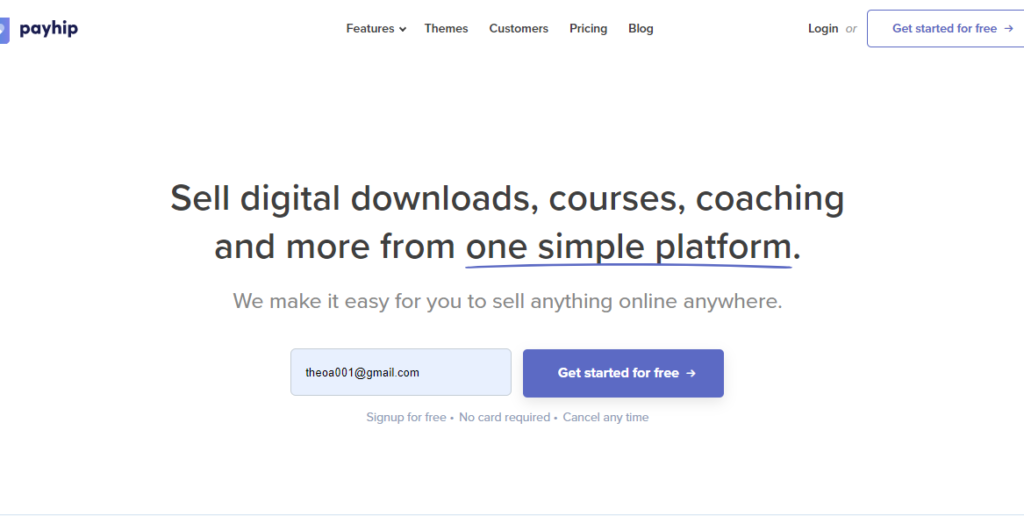Introduction:
Table of Contents
Hey all, welcome back to the channel! Today, we dive into the comparison between two popular platforms for selling digital products: Payhip and Gumroad. As an experienced digital product creator. I’ll share my insights on the features, pricing, and usability of both platforms to help you make an informed decision on where to start selling your digital products.
Platform Comparison: Payhip vs. Gumroad:
In this section, we’ll compare the key features and pricing structures of Payhip and Gumroad to help you choose the best platform for your digital product sales.
Payhip: Ideal for Beginners:

Payhip stands out as a beginner-friendly platform with a straightforward interface and comprehensive toolset for selling digital products. Here are some key highlights of using Payhip:
- Zero Monthly Fee: Payhip offers a zero-dollar starting cost, allowing you to add and sell unlimited products without any monthly charges.
- Transaction Fees: While there is a 5% transaction fee per sale, plus additional fees for payment processing, the initial setup cost is minimal.
- User-Friendly Dashboard: The easy-to-navigate dashboard in Payhip provides a clear overview of your sales, products, and customer data.
- Advanced Features: From affiliate program integration to customizable store design. Payhip offers a range of features to enhance your selling experience.
Gumroad: Tiered Pricing Model:

Gumroad, on the other hand, follows a tiered pricing structure based on your sales volume. Here’s what you need to know about selling on Gumroad:
Variable Transaction Fees: Gumroad’s fees start at 9% per transaction for lower sales volumes and decrease as you reach higher sales thresholds.
Course Integration: While Gumroad supports selling online courses, the platform may have limitations in terms of course formatting and structure.
Customization: Gumroad allows for some customization in product listings and pricing tiers. But the flexibility may be more limited compared to Payhip.
Exploring Payhip’s Features:
Now, let’s take a closer look at some of the key features and tools available on Payhip to streamline your digital product sales process:
- Product Types: Payhip supports various digital product types, including ebooks, courses, coaching services, and subscription billing.
- Online Store Builder: Easily create your online store on Payhip with custom branding options and product listings.
- Marketing Tools: Utilize features like coupon codes, social discounts, affiliate program integration, and cross-selling to boost your sales.
- Course Creation: Payhip’s online course integration offers a structured and user-friendly platform for creating and selling courses.
Final Thoughts:
In conclusion, both Payhip and Gumroad offer unique advantages for selling digital products online. While Payhip may be more beginner-friendly and feature-rich for creators starting out. Gumroad’s tiered pricing model and course integration can be appealing for those with specific needs.
Ultimately, the choice between Payhip vs Gumroad depends on your preferences, budget, and selling objectives. I hope this comparison has provided valuable insights to help you make an informed decision on the best platform to kickstart your digital product sales journey. Feel free to explore both platforms further and decide based on your specific requirements.




